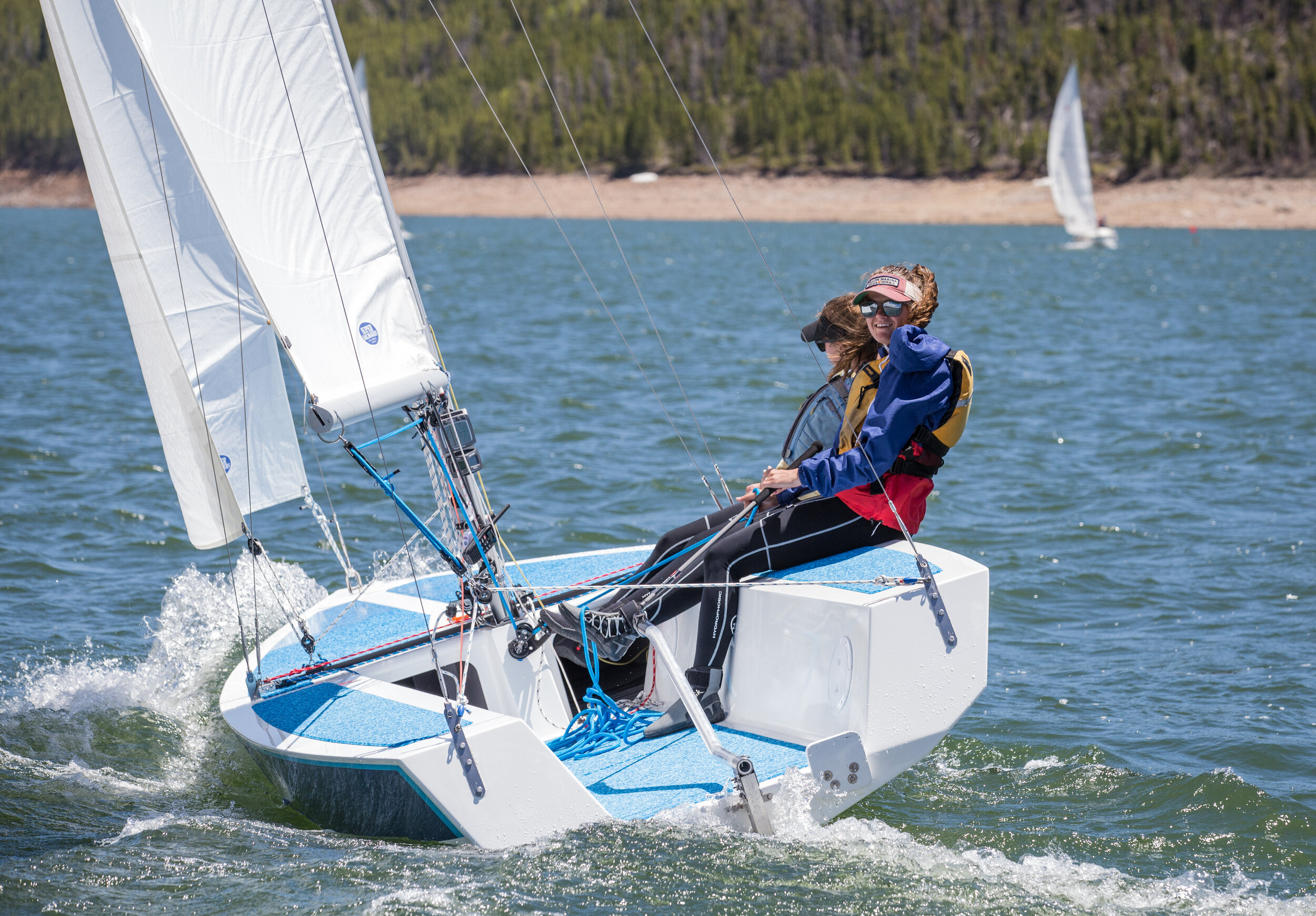the TRUE cost of building a sailboat
You can buy a self-build kit for a 17’ sailboat for $2,500 at some online shops like Chesapeake Light Craft. The current price of a sail-away Puur 17 kit is $14,000 to $18,000 depending upon the options you choose. Is a Puur 17 really that much more expensive than other self-build sailboat kits? In a word, No.
You should expect to spend $300-600 per foot completing a quality self-built 16-20’ daysailer. Those $2,500 sailboat kits are really going to cost you much, much more before you go sailing the first time, because of all the additional things you need to buy beyond what is included in those kits. With a sail-away Puur kit, there’s nothing else to buy. So, a Puur 17 is actually only slightly more expensive on an apples-to-apples basis. Another kit company we think does a good job of communicating the true cost of a self-build project is Chase Small Craft. Check out their offerings, where you’ll find a sail-away 19’ sailboat kit for around $20,000.
What explains the variances in cost across boat kits?
First, not all sailboat DESIGNS are created equal, even if they are the same length. Some designs are more costly and/or more functional than others. When I look at 16-20’ sailboat designs, for instance, I use three factors to summarize the differences: hull form, rig, and appendages. The simplest sailboats have no deck or rigging or ballast, use a wood pole for a mast, and have a plank rudder. Think of this type as a row boat with a wooden mast slid into a hole in a seat. Sailing dories are good examples of the type. This sort of boat uses very little material, requires few supplies, and has almost no equipment to purchase. It’s light and can fit on a trailer you can pick up at an outdoor retail store. That type of boat will be the cheapest, because it’s the most basic. A second type of kit is often called a pocket cruiser or micro cruiser. Those kits usually have a deck, a larger wooden mast/boom, some bilge ballast, and standing rigging that can support a larger sail plan; and, it requires a more substantial trailer. Those types of boats cost a few thousand more than the most basic sailboats. The final category is boats like the Puur 17: modern hull form, with an aluminum or carbon mast, wire rigging, composite NACA rudder and keel, and ballast at the keel-tip for greater righting moment. Unsurprisingly, as you move up in category, you move up in price.
Second, not all sailboat KITS are created equal, even if the designs are similar. Kits vary in which parts they include, vs. which parts you must supply. To compare the value of several kits on an apples-to-apples basis, you need to start with an inventory of everything that’s actually needed to go sailing. Then you ask whether to complete a specific kit you need to buy any of the following: additional lumber, plywood, dowels, nuts, bolts, blocks, line, rudder, tiller, keel, ballast, deck hardware, mast and halyards, mast step, boom and outhaul, rigging wire, turnbuckles, shackles, epoxy, additives, stir sticks, spreaders, rollers, brushes, cans, cups, insulation foam, composite nails, fiberglass cloth, fiberglass tape, access hatches, chainplates, pintles, gudgeons, tiller extension, paint, thinner, acetone, latex gloves, organic respirator, safety glasses, a jig on which to align the hull, a strong table on which to build the hull, and any specialty tools? Compare the complete list to each kit’s contents, and then you can compare the costs on an apples-to-apples basis: a sail-away kit for which you need nothing else.
Third, not all sailboat BUILDING METHODS are created equal. How you build each boat varies, even for kits with similar parts and for boats with similar designs. Some kits require lots of woodworking with saws and planers, as you shape and fit the parts to each other. Some use zipties. Puur, in contrast, provides a method and apparatus that eliminates traditional woodworking and custom joinery, producing a sleeker boat with tighter tolerances using less labor hours. Our unique method is a real breakthrough, as evidenced by the patent we were awarded from the USPTO. Granted, the differences in method are subjective — hours saved and tighter tolerances and better aesthetics each matter more to some people than others. But, because some people value those subjective differences, there are price differences.
Puur spent years designing a beautiful hull, building modern manufacturing capabilities, and developing a unique assembly method that helps you build a beautiful, fun, professional-quality boat in a reasonable amount of time. That’s a special product, and we think it’s reasonable to charge a couple thousand dollars more for that.

